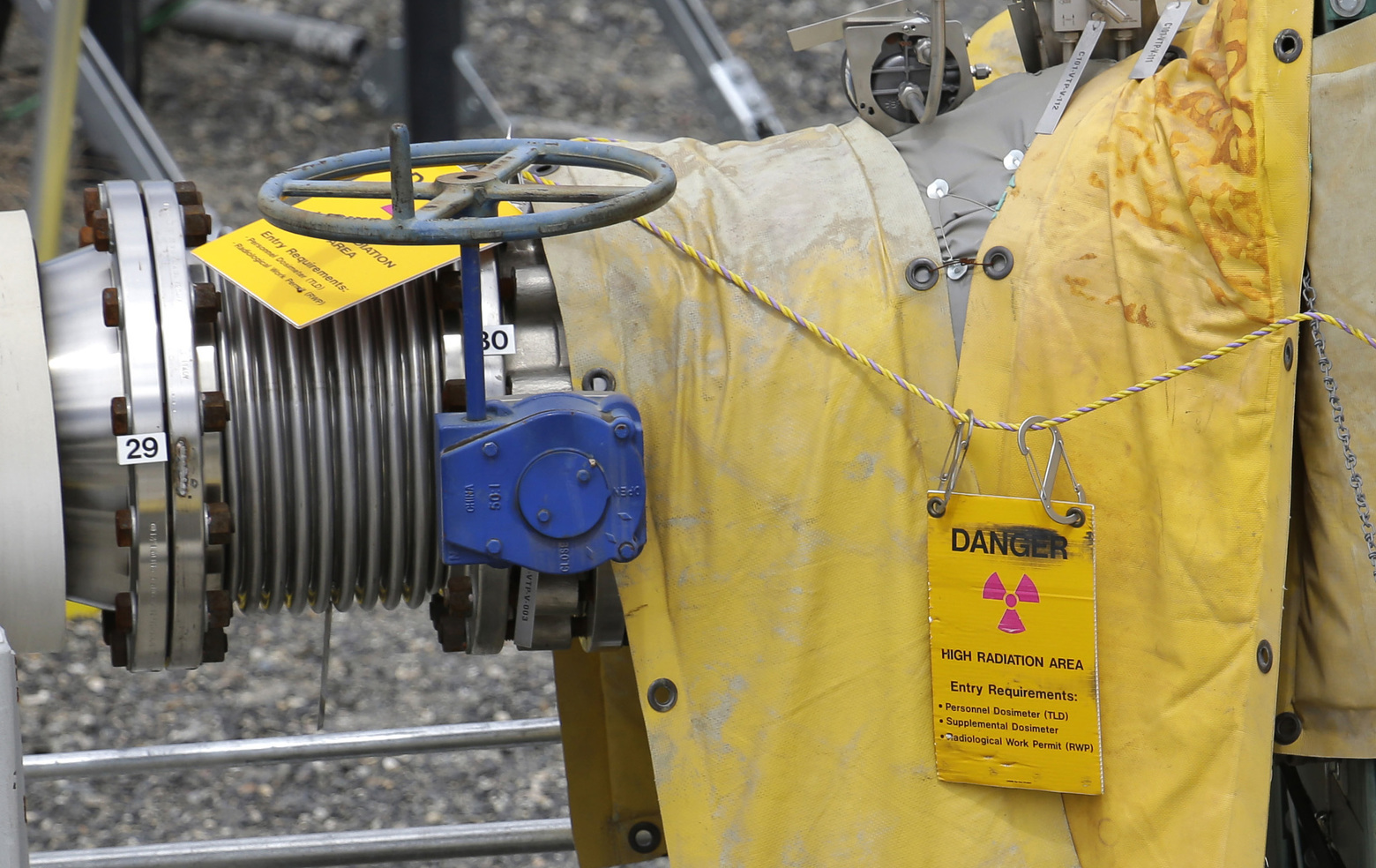The public can comment on the U.S. Department of Energy’s proposed changes to Hanford nuclear waste cleanup rules until Jan. 9.

By Tom Carpenter
NukeWatch NM and Hanford Challenge are both members of the Alliance for Nuclear Accountability.
seattletimes.com | Originally published January 2, 2019 at 3:11 pm
After almost 30 years of a program to clean up dangerous defense waste at the Hanford nuclear site in southeastern Washington, the Department of Energy now wants to change the rules to make the job easier and save money. If approved, the proposal poses new dangers to the health and safety of people and the environment — not just in southeastern Washington, but at nuclear sites around the country.
In 1943, the U.S. government built the massive complex at Hanford to manufacture plutonium for nuclear weapons. When defense production ceased in 1986, its nine reactors had produced enough material for 60,000 atomic bombs. What remains is North America’s most contaminated site — more than half a billion gallons of nuclear waste and toxic chemicals stored in leaking tanks and dumped into the ground.
The most dangerous material is classified as “high-level waste.” The U.S. government has long recognized that because it poses such an extraordinary risk to human health and the environment, it requires special handling. A report prepared for the Atomic Energy Commission in 1957 called for disposal of high-level nuclear waste in a “deep underground formation, where it would remain isolated from human beings” for hundreds of thousands of years. That recommendation became law in 1982 when Congress passed the Nuclear Waste Policy Act.
Responsibility for the mess at Hanford falls to the U.S. Department of Energy. The plan includes mixing 56 million gallons of high-level waste with molten glass so it can be safely transferred to a permanent underground disposal site.
The cleanup effort began in 1989. It has not gone well. More than $45 billion has been spent, but no high-level waste has been processed. Hanford workers have received more than $1 billion in compensation for exposure to radiation and toxic chemicals. Companies working on the cleanup have pleaded guilty to criminal charges and paid hundreds of millions of dollars in fines and settlements. Radioactive waste is leaking into the groundwater and flowing toward the Columbia River.
Not to worry! The Energy Department has come up with an alternate approach for dealing with high-level nuclear waste — give it a new name and leave it where it is.
This past summer, the agency announced its intention to reclassify high-level nuclear waste in 16 partially emptied tanks as low-level waste and cover what remains with grout. Now DOE is going big, and proposing to give itself the authority to relabel waste as it sees fit anywhere in the nation.
Even under ideal conditions, the waste will slowly leach through the grout and into the surrounding soil. That assumes it doesn’t fail catastrophically due to fractures caused by changes in temperature, stress, or imperfections — all possible, even likely.
The danger extends beyond Hanford. Once the Energy Department grants itself the authority to redesignate dangerous nuclear material, it can do the same with hundreds of millions of gallons of high-level waste stored in 161 other tanks or simply dumped into the ground at Hanford. It sets a dangerous precedent that will place millions of people at risk — not just downwind and downriver from Hanford, but near facilities in South Carolina, Idaho and upstate New York, where millions more gallons of high-level waste are stored.
Why consider such an unsound plan? Money. By absolving itself of its legal obligation to handle high-level waste safely, the Energy Department expects to save $40 billion.
The proposal is not only irresponsible and dangerous, it violates the law and flies in the face of longstanding legal precedent. “High-level radioactive waste” was clearly defined by the Atomic Energy Commission in 1970 and the courts have repeatedly turned back attempts to reclassify it. In 2003, for example, the U.S. District Court in Idaho confirmed that what’s in tanks at Hanford is, in fact, high-level waste and made clear that the Energy Department cannot simply come up with an alternative way to treat it just because it is “too expensive or too difficult.”
Although it is profoundly shortsighted, deeply irresponsible and clearly illegal, this proposal isn’t surprising — it is entirely consistent with the Department of Energy’s history of cutting corners at Hanford and saddling future generations with a problem that requires our urgent attention today.
The Energy Department is taking public comments on this proposal through Jan. 9. Clearly, this plan must be rejected.
